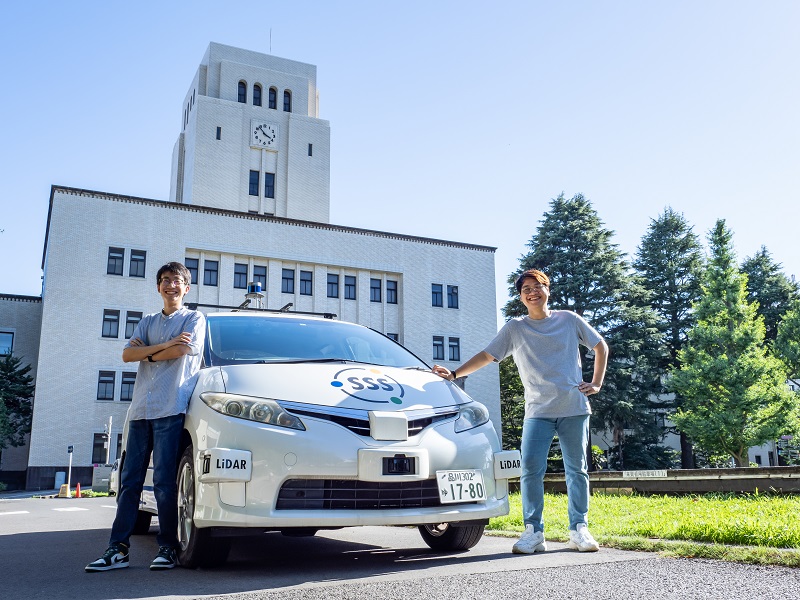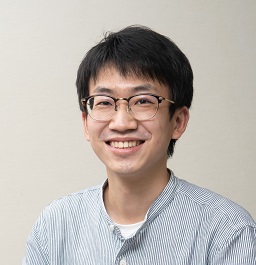Pioneering the future of autonomous driving through independent collaborative research among students
Providing map big data to moving vehicles
Li: We are currently collaborating on a research project to provide high-resolution road maps to moving vehicles through V2X (Vehicle to Everything) communications. Specifically, we are using millimeter wave communications to supply big map data to vehicles. The unique feature of this research is that as the vehicle moves, the latest map data is retrieved from RSUs (roadside units) installed at various points to reduce the storage in the vehicle. To the best of our knowledge, there are few studies on this kind of topic yet even internationally, and I find it very rewarding.
Miguel: The joint research was triggered when I approached Mr. Li. I specialize in the automatic generation of high-resolution 3D road maps from mobile mapping data. This field has been closely related to autonomous driving in recent years, and I was keen to further improve the map quality through interdisciplinary collaborations. This is why I consulted with a professor about possible joint research, and he introduced me to Mr. Li.
Li: I am working on V2X communications, especially dynamic allocation of communication resources for autonomous driving. Specifically, I am studying the supply of data from RSUs to vehicles, and I have long wanted to work with someone in the field of high-resolution road mapping. Therefore, when I heard Miguel’s offers, I immediately said, “Let’s do it together right away!”.
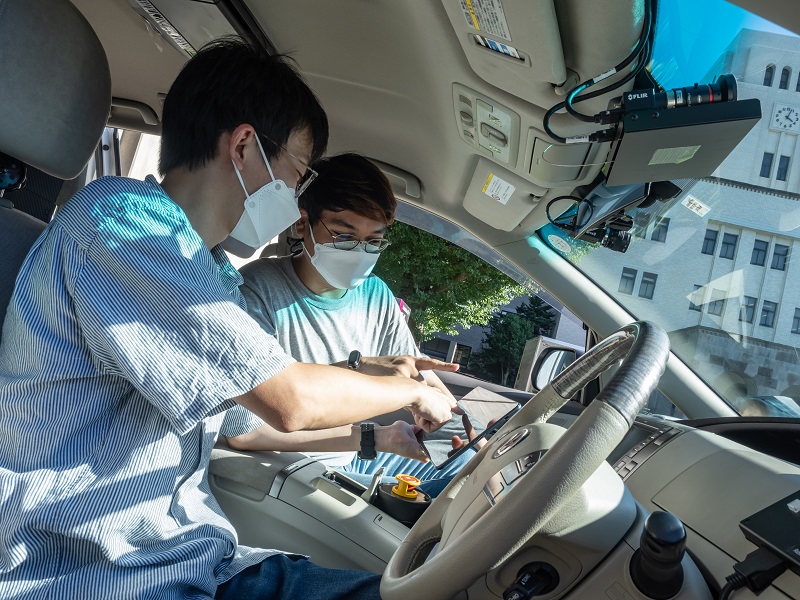
Support for independent collaborative research
Miguel: This is the first time for us to conduct a joint research project of this scale. Because of our different majors, we had several difficulties in communication, such as differences in terminology, but through discussions and mutual learning, we have deepened our mutual understanding, and solved our problems. This joint research was initiated on our own initiative, but WISE-SSS has provided us with a variety of supports in terms of both hardware and software as well as human resources.
Li: WISE-SSS provides students with stimulations and knowledge through exchanges with researchers and engineers from various positions with different backgrounds. Meanwhile, when it comes to joint research, collaboration with corporate partners is indispensable. In this sense, I believe that interdisciplinary collaborative research such as ours is very unique.
Miguel: Recently, our paper on this joint research was accepted for presentation at IEEE PIMRC2022. This is a great recognition of our joint research efforts, and it means a lot to our careers. We are looking forward to presenting our work in September.
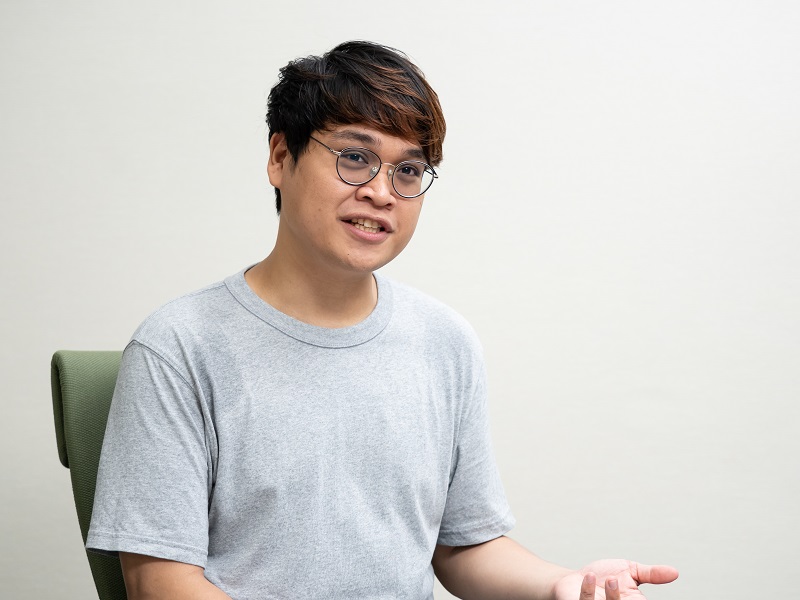 Lagahit Rivera Miguel Luis
Lagahit Rivera Miguel Luis
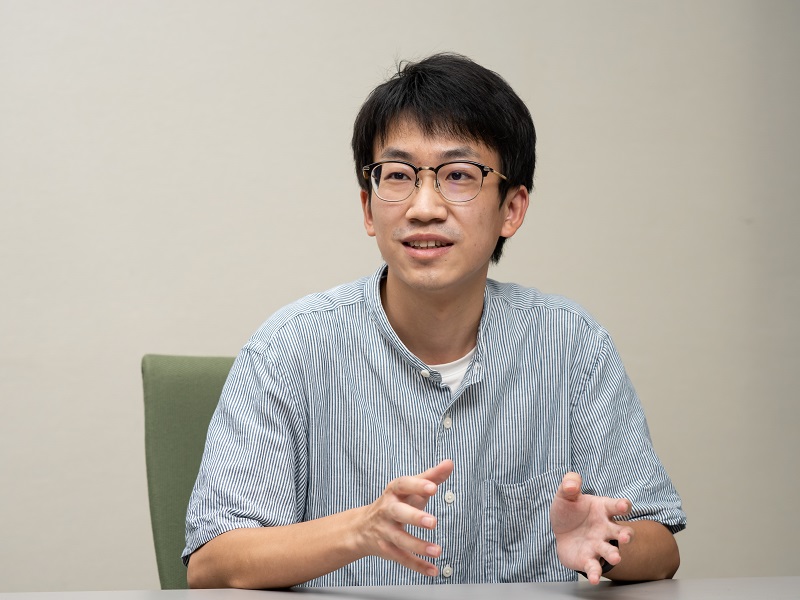 LI Zongdian
LI Zongdian
Profile
LI Zongdian
Born in 1996 in Yunnan Province, China. Came to Japan in 2018 after graduating from a university in China. Completed his master’s degree in Electrical and Electronic Engineering at the Department of Electrical and Electronic Engineering in the School of Engineering in 2020. Currently, he is a 2nd year student in the Electrical and Electronic Engineering doctoral program at the Department of Electrical and Electronic Engineering in the School of Engineering.
Lagahit Rivera Miguel Luis
Born in 1996 in Quezon, Philippines. Completed his master’s degree from a university in Taiwan after graduating from a university in the Philippines. Started his second master’s degree at Tokyo Institute of Technology in 2020 but attended classes remotely for about one year due to the coronavirus pandemic. Came to Japan in 2021. Currently, he is a 2nd year student in the Urban Design and Built Environment master’s program at the Department of Architecture and Building Engineering in the School of Environment and Society.
